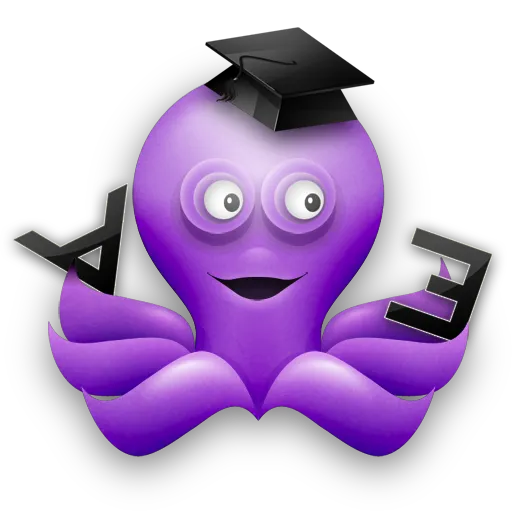Course Outline
Systems 1: Hardware Architecture and Design—From circuits to machine code

Systems 1: Hardware Architecture and Design—From circuits to machine code

| Professor | Dr K Darcy Otto |
| Title | Systems 1: Hardware Architecture and Design |
| Code | CS 2114 |
| Credits | 4 |
| Term | Fall 2025 |
| Times | Tues/Fri 10h30–12h20 |
| Location | Dickinson 239 |
| Delivery | Fully in-person |
| Contact | |
| Office Hours | Mon/Thurs 13h00-14h00, or by appointment |
Have you ever wondered what a computer is and how it actually works? In this course, we’ll answer the hardware half of this question. In Systems 2 next term, we’ll answer the software half.
Working from the ground up, we will start with basic circuits and develop elementary logic gates. Taking these gates as our building blocks, we will construct the core components of a modern computer: the central processing unit, registers, and memory chips. We will then follow the principles of modern hardware architecture to integrate these components into a general-purpose computer. Our journey will culminate in using machine code to control the computer we have designed.
By the end of this course, you will understand what a computer is and how it actually works, from the perspective of hardware. You will be able to explain how to go from basic circuits, to a working machine that responds to code you write. You will also have completed the prerequisite for Systems 2: Software Architecture and Design, which explores the software architecture and design of a modern computer.
No previous computer science or programming experience is required. The course assumes comfort with symbolic reasoning (the kind of thinking you do in mathematics or logic). If you’ve taken a math course or another computer science course, you’ll be well-prepared, but it’s not required.
| Midterm | 35% | Comprehensive |
| Final Examination | 45% | Comprehensive |
| Engagement | 20% | Participation, Exercises |
Midterm and Final Examination: Both tests will cover everything we’ve discussed in class and read about. You’ll see conceptual questions and problems similar to the exercises.
Engagement: Your engagement grade comes from completing exercises on time, active participation, and showing up regularly. The exercises are drawn from our readings, and are listed on the class schedule.
Download Racket from here. There are versions for all modern Macs, Linux machines, and Windows. The file name will look something like:
racket-8.x-aarch64-macosx-cs.dmg on an Apple Silicon Macracket-8.x-x86_64-macosx-cs.dmg on an Intel Macracket-8.x-x86_64-win32-cs.exe on a PCracket-8.x-x86_64-linux-cs.sh on LinuxInstall Racket: On a Mac, open the .dmg file and drag the Racket folder to Applications. On a PC, run the .exe installer and follow the prompts. On Linux, open a terminal and run: sh racket-8.x-x86_64-linux-cs.sh.
Start DrRacket: On a Mac: this is in the Racket folder of your Applications list. If your computer complains that DrRacket is not from a “trusted developer,” go into the Finder, then Applications, right-click DrRacket, and click “Open” to bypass this. You only need to do this once. On a PC: this is in the Racket folder of your Applications list. On Linux: after installation, you can usually start DrRacket from your Applications menu. If not, open a terminal and run: drracket &
Lab computers in Dickinson have DrRacket pre-installed, if you prefer not to install it on your personal machine. You can also use them as a backup if your installation runs into problems.
Artificial intelligence can generate code, but it cannot decide what problems are worth solving, nor judge whether a solution is effective, ethical, or just. Computer science is less about mastering tools than about cultivating the habits of mind that let us interpret, understand, and evaluate. It asks how abstractions shape systems, how systems shape society, and how we might imagine technology serving human flourishing rather than undermining it. To study CS is therefore not only to learn how machines work, but to engage in broader questions about seeing clearly, reasoning correctly, and imagining responsibly in a world increasingly shaped by computation.
An overarching objective of this course is to help you develop as a student of the liberal arts. True students of the liberal arts are able to reflect on the context in which they live, and reason about what it means to live a meaningful and happy life. Thus, they are able to be more than just children of their own time. But this means we must be willing to put our ideas to the test, see our own errors, and develop intellectual courage and humility. It also helps not to take ourselves too seriously.